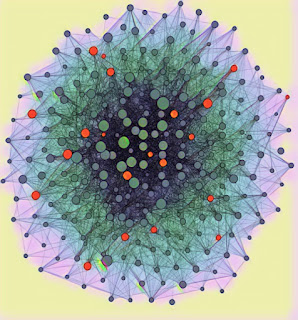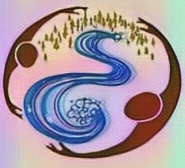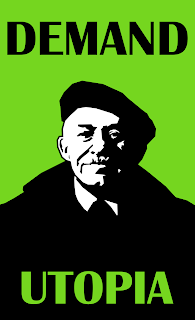American Mystics

Mormons, Adventists, New Thought, Quakers, and Pentecostals Joseph Smith (December 23, 1805 – June 27, 1844) was an American religious leader and founder of Mormonism . Raised on the folklore of the Burned-Over District, Joseph Smith of Palmyra New York would go on to establish one of the fastest-growing religions of the contemporary world. Magic and myth were part of the firmament of the Smith household. According to historian D. Michael Quinn in his monumental study Early Mormonism and the Magic World View, Joseph Smith’s family owned magical charms, divining rods, amulets, a ceremonial dagger inscribed with astrological symbols of Scorpio and seals of Mars. In her 1845 oral memoir, the family matriarch, Lucy Mack Smith, recalled the Smith’s interest in “the faculty of Abrac.” In fact, Abrac or Abraxas, is a Gnostic term for God that also served as a magical incantation. It forms the root of a magic word known to every child: abracadabra...





